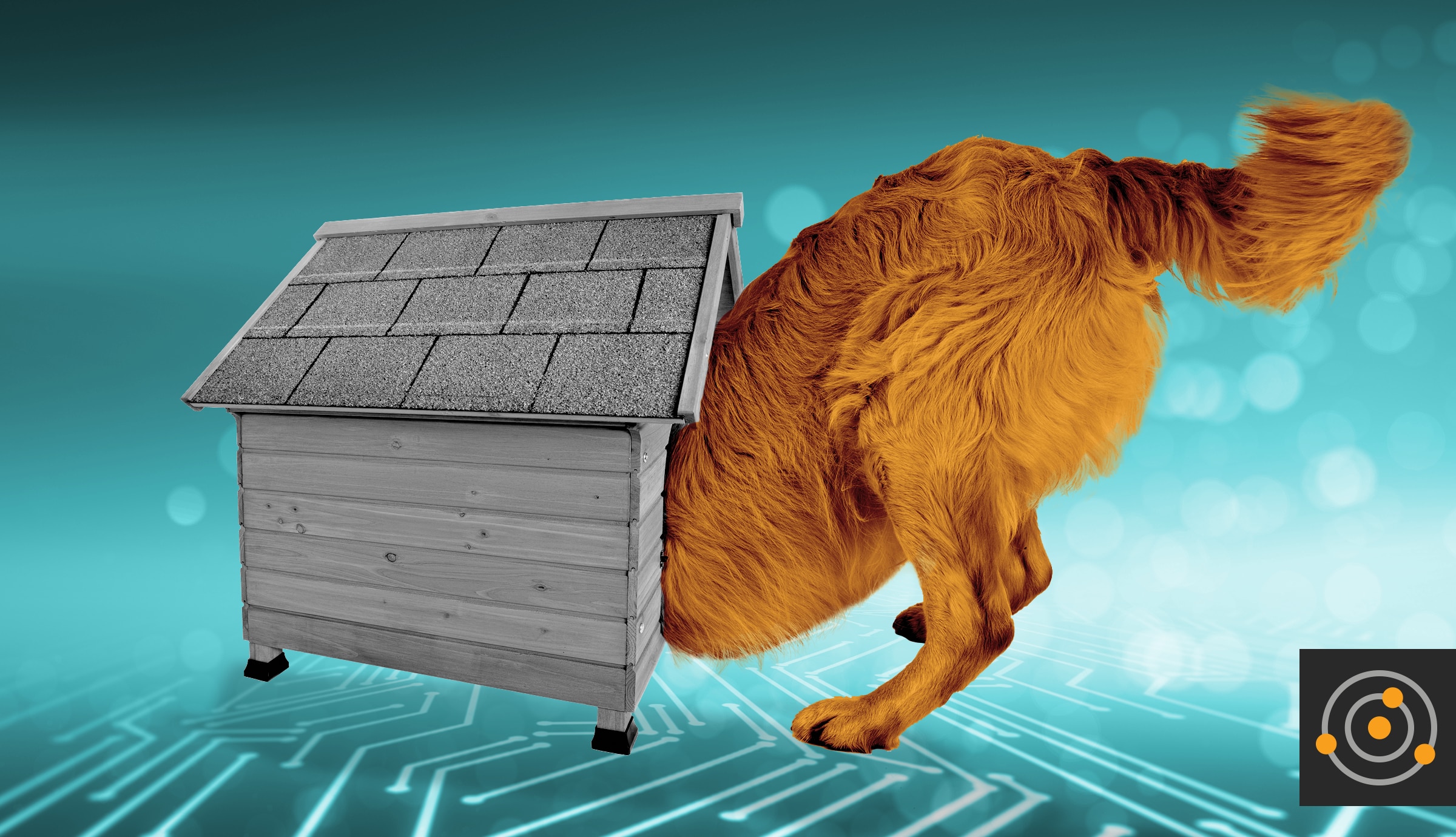3 IoT Protocols to Watch in 2020

As we roll into the next decade and IoT becomes commonplace in most organizations, requirements for connectivity will change. Over the last decade of Wi-Fi, we’ve seen a push for faster speeds (high throughput and very high throughput) and recently the ability for greater capacity (high efficiency). Wireless IoT protocols have a different focus. Those requirements are long distance, low power, and flexible architecture. As we consider the next generation, which capabilities rise to the top?
LoRaWAN
LoRa has unique capabilities. LoRa receivers can decode data received below the noise floor. Yes, you read that correctly. LoRa is capable of reliably decoding data received with a negative SNR. Its magic comes from using Chirp Spread Spectrum (CSS) encoding. CSS passes data slowly (<1Mbps) but can do so over very long distances (>10 km). Also, it’s resistant to doppler shift, which means it can comfortably accommodate applications where the distance between transceivers changes quickly. LoRa also uses Forward Error Correction coding, further reinforcing its ability to transmit data over long-range, low power networks reliably.
Sigfox
Sigfox claims to cover 1.1 billion people, 5 million square kilometers, and 70 countries with their low power, low-cost network. Sigfox uses ISM bands to do this and they have a very narrow focus on lightweight communication. Each Sigfox client, or object, can send 140 messages a day, each with a payload of up to 12 bytes of data. The network can send up to four messages to each object, with each carrying up to 8 bytes of data. While this amount of data might seem minuscule, for many sensor networks that don’t require real-time data tracking, it may be ideal. Consider a meter or sensor recording data once a minute, and then uploads those records every 12 minutes. Or consider a GPS tag needing to upload its location throughout the day, with each set of coordinates represented by 2 bytes. Due to the extensive coverage area, low cost, and low power, Sigfox may be ideal for small payloads with asynchronous communication.
Thread
Thread may be the number one IoT wireless protocol to watch over the next decade. When the connected home over IP project was announced, Thread was chosen as the wireless protocol, even though the Zigbee Alliance was a founding member. Other significant members include Apple, Google, and Amazon.
Thread combines an 802.15.4 PHY and MAC later with a 6LoWPAN network layer. Additionally, there’s an open-source implementation released and supported by Google/Nest. OpenThread provides all the significant Thread capabilities without the requirements of certifying products with the Thread Group. However, the Thread Group is working hard to ensure development, testing, and certification of solutions is straightforward.
Finally, Thread focuses heavily on making IoT completely IPv6 capable and removing the need for gateways and hubs to translate between IP and other protocols. This focus on connectivity will ensure security policy is applied to IoT networks in the same way it is today across many types of Ethernet applications. While the current focus of Thread seems to be in the home, as more chipsets become available, expect to see it used in the enterprise, manufacturing, and industrial environments.
LoRaWAN, Sigfox, and Thread each take a different approach to IoT networks. They each possess unique traits and will appeal to diverse audiences due to those unique characteristics. As we move into 2020 and beyond, expect to hear more about each of these protocols.
Share:
Tags
Jonathan Davis
Jonathan Davis (JD) works as a wireless engineer for an enterprise organization. He has 20 years of experience in IT across many specialties. He is…
Read more








